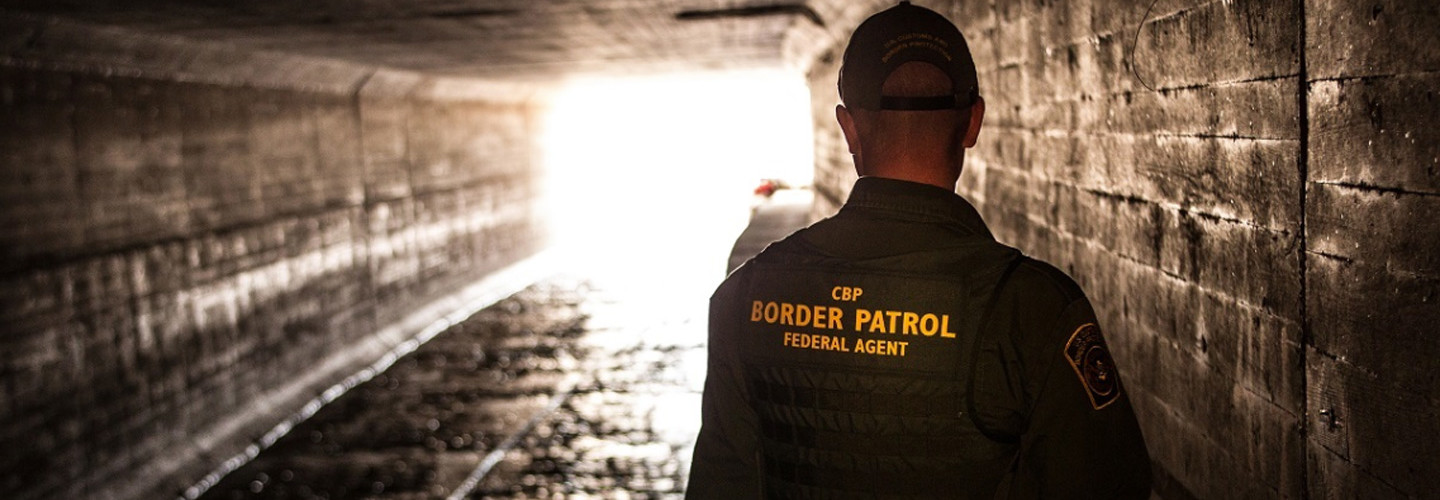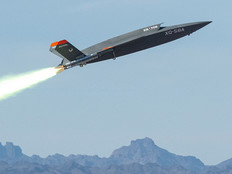Law Enforcement Agencies Put Sensors to the Test
Body-worn sensors are becoming mainstream with the advent of consumer activity-tracking devices such as Fitbit and other wearables developed to improve public safety and patient care.
Law enforcement agencies are especially interested in using sensors to supplement human capabilities in the field. For example, U.S. Customs and Border Protection (CBP) is testing body cameras for its officers and agents, said Wolf Tombe, chief technology officer for the Department of Homeland Security. Tombe described a smartphone app that allows agents to collect GPS coordinates, tag video, and collect weather and terrain conditions and other data that can be used in legal cases.
In September, USA Today reported that testing would be conducted at the Border Patrol’s training academy in Artesia, N.M.
Officers and agents need to learn when to turn body cameras on, when to turn them off and how they should be used, Tombe said. Imagine the volume of data cameras would collect if 45,000 officers and agencies kept their body cameras on all day. There would be no way to store, collect and transmit all that data, he said.
“You’ve got to have the policy first,” Tombe said at the fourth annual Mobile Technology Summit, held last week by the Washington, D.C., chapter of AFCEA. “It’s huge.”
Some organizations trust officers to use their best judgment when deciding to turn the cameras on and off. Tombe said one approach CBP could adopt would require officers to turn on their cameras when they exit their vehicles and turn them off when an encounter in the field is completed.
Marketing the Message About Body Cameras to the Public
Equally important as testing body cameras is informing citizens of the new technology and how it will impact their communities, said Lt. David Mulholland, commander of information technology and communications for the U.S. Park Police.
“We do a horrible job at marketing,” Mulholland said.
He’s working with the International Association of Chiefs of Police to develop small brochures to be distributed in communities to help spark a conversation about the technology. The brochures will provide information about body cameras, how they work and how they will be used to make the community safer. Interaction with the community enables residents to ask questions and better understand what capabilities are being considered and why.
Mulholland highlighted one of the Park Police’s recent success stories, which took place during the Veterans Day concert in Washington, D.C. Some 350,000 people gathered on the National Mall for the nighttime concert, he said, noting that the location and time of the event made it an attractive target for someone who may have wanted to cause harm.
“How do you keep those people safe when you have about 1,000 officers on the ground?” Mulholland said. “You can only do that if you have technological platforms, if you have this full network of sensors out there to supplement the human capability.”








